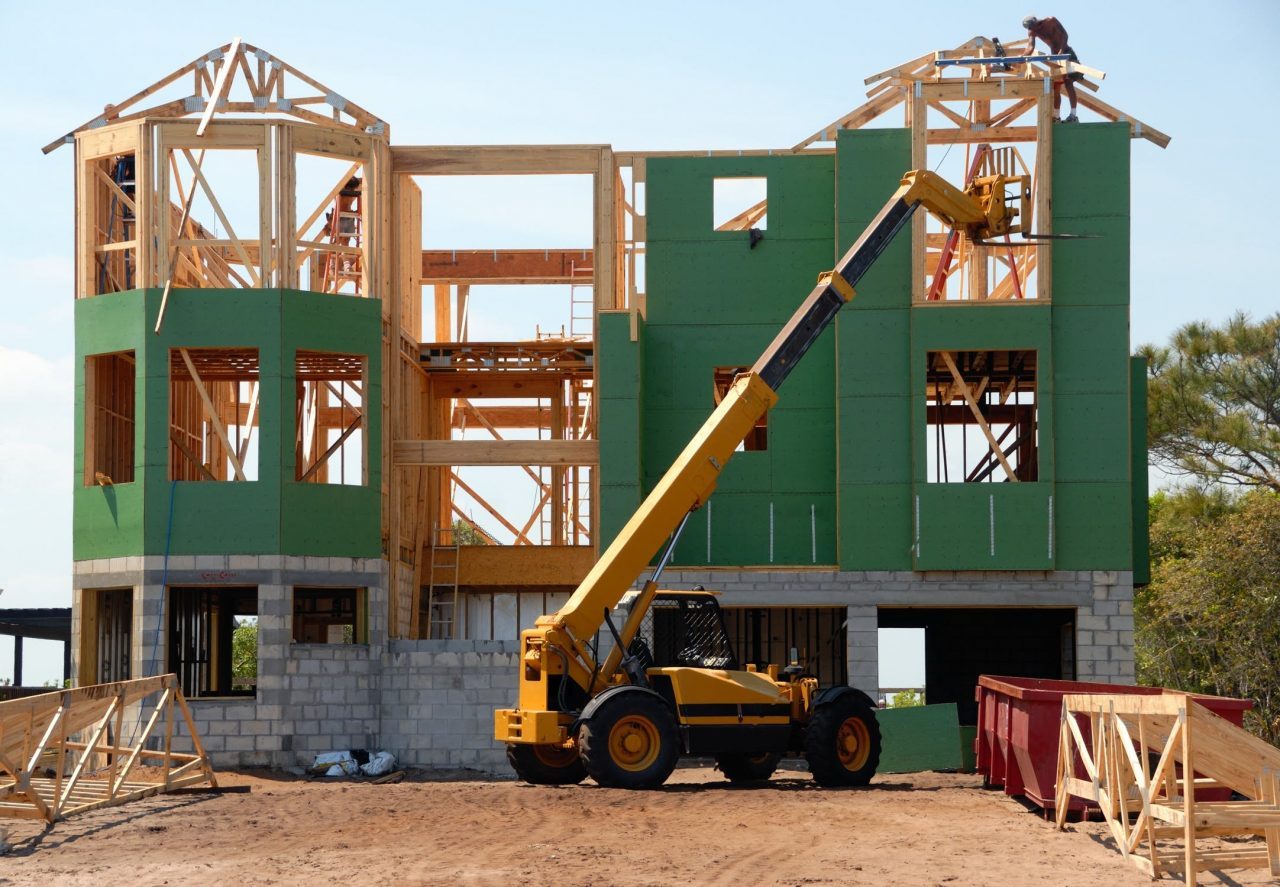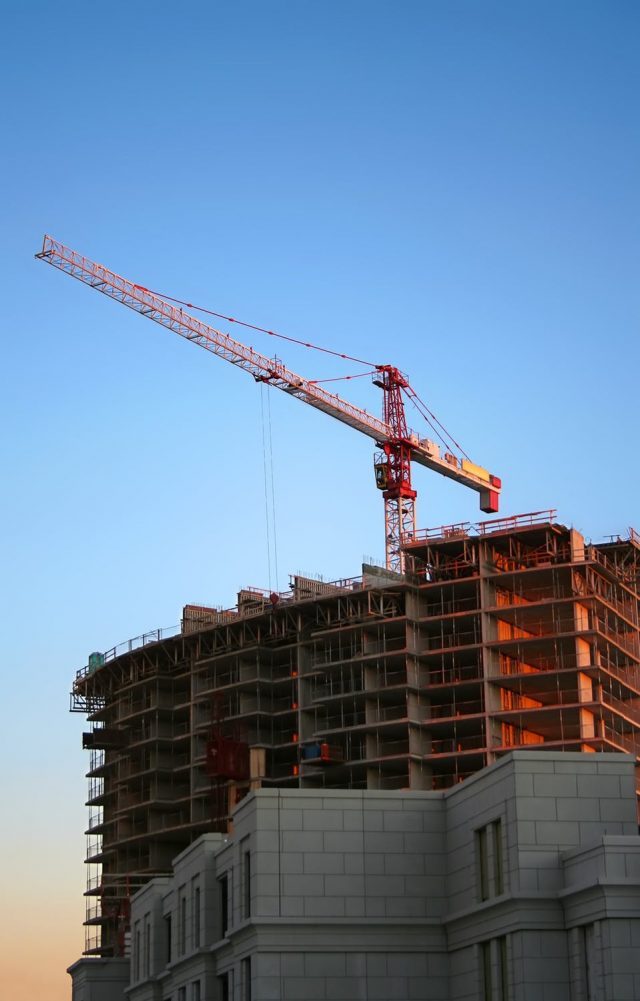
Cranes allow operators to lift loads which would otherwise be impossible or impractical to move using regular manpower. Smaller cranes rely on electric or diesel-powered motors along with hoists and pulleys to lift and move objects. For bigger, multi-ton loads, however, hydraulic cranes are the industry go-to. These hydraulic behemoths can lift thousands upon thousands of pounds by transmitting forces through hydraulics. These cranes can be used for disaster relief, construction, and even wildlife management. With the help of hydraulic cranes and experienced operators, a staggering feat of engineering can be accomplished.
How Do Hydraulic Cranes Work?
The central concept behind a hydraulic system involves the transmission of forces from point A to point B through an incompressible fluid. A crane’s engine powers the hydraulic pump, which applies the necessary pressure in a hydraulically operated system. This pressure is redirected in the hydraulic system to the desired location. This is done using a system of pistons. In a simple hydraulic system, one piston pushes down on the hydraulic fluid and the force is transmitted through the fluid to another piston, which is pushed up. These piston rods are what you see when a hydraulic crane boom is raised, lowered or telescoped. The pistons are doing the work on the hydraulic fluid, which is transmitting the force.
Hydraulic Fluid Basics
The hydraulic fluid used must have certain properties. First and foremost, it must be incompressible- meaning it does not reduce in volume when great pressure is applied. Water and mineral oil are traditional hydraulic fluids, and the first hydraulic systems and cranes were water-based. Hydraulic fluids are at their maximum density- no application of external force will cause them to compress and become denser. This is important for full transmission of force. A compressible fluid will not completely transfer the force applied at point A to point B; there will be a reduction proportionate to the compressibility of the fluid.
Other properties found in modern hydraulic fluids include low volatility (low tendency to vaporize), low foaming tendency, and proper viscosity. Special applications may also require fire resistance, low toxicity, oxidative stability and thermal control. Modern hydraulic cranes run on oil-based hydraulic fluid with appropriate additives. These provide both power conveyance as well as lubrication for the piston and piston rods.
Hydraulic Power
Hydraulic pumps are powered by the gears in the hydraulic pump. There are two basic types: gear pumps and variable-displacement pumps. Gear pumps involve a pair of intermeshing gears which pressurize the oil, but have a drawback. The pressure in a gear pump will increase or decrease in response to engine speed. High pressure in a gear pump can only be attained by running the engine at full power, and the power output is harder to control as a result.
Variable displacement pumps, on the other hand, are what is used in load-sensing hydraulic systems. This is the more modern approach to hydraulic systems in cranes. These are more efficient and complex systems, because they make use of a swash plate to adjust the amount of oil available to the pump. These variable displacement systems will respond to the load being lifted and make the appropriate amount of hydraulic oil available for the pistons and rams. This reduces fuel consumption and adds a measure of safety.
Hydraulic Cranes in Action
Hydraulic cranes allow us to use this intelligent and powerful system to accomplish a great range of feats. Cranes with hydraulic capabilities are rated for the lifts they are capable of handling. It’s an easy system to decipher; a 70-ton crane can lift 70 short tons, or 140,000 lbs. This rating is made with a safety margin in mind to prevent tipping. The crane is rated to handle a load usually between 70% and 85% of its maximum capacity.
Cranes with hydraulic capabilities have a large number of applications. Because they are mobile and relatively lightweight, they can be rented to handle heavy loads on a job site. Hydraulic cranes are used to erect buildings and lift multi-ton concrete and rebar bridge beams. They are commonly called upon to rescue other heavy machinery, such as locomotives and heavy trucks. Hydraulic systems are even used to move whales during rescues or relocation.
Hydraulic Crane Rental in California
For crane and hydraulic crane rental in northern California, contact us at Sheedy Crane. We have a complete list of equipment available for rental and welcome your questions. Let us know how we can help! Visit our contact page for more information or give us a call at (415) 648-7171
